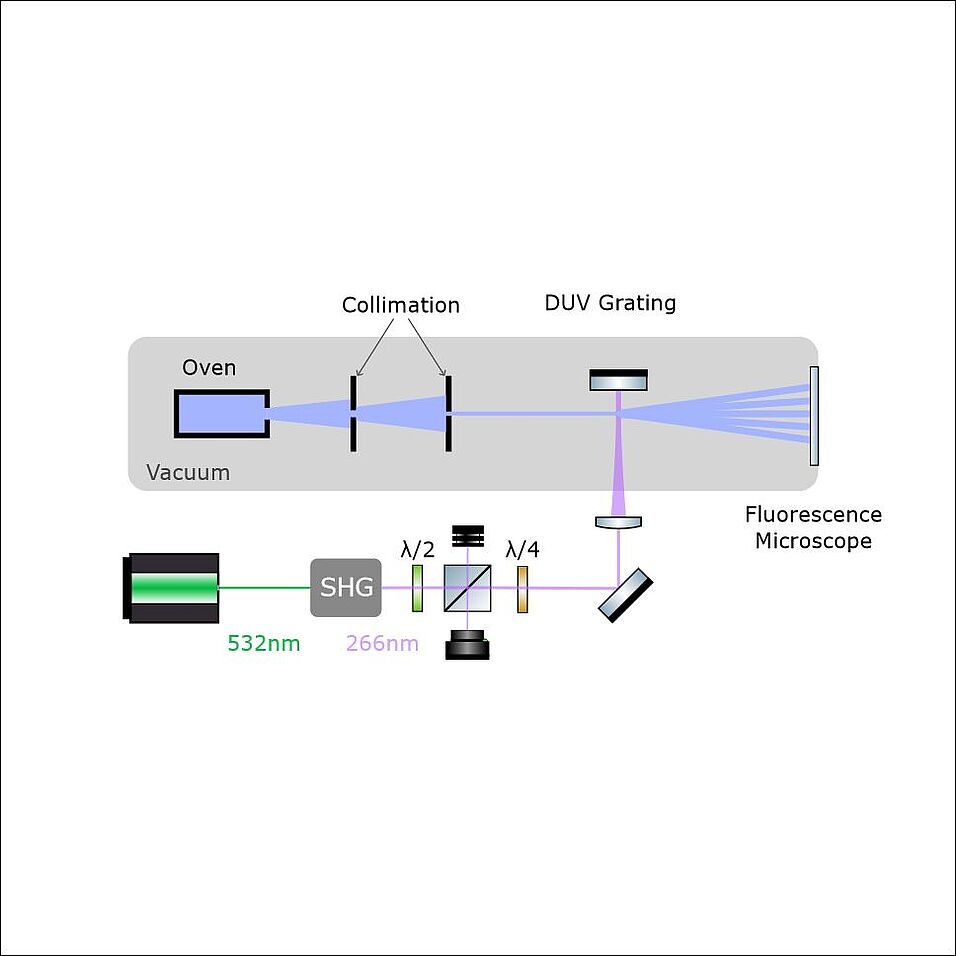Ksenija Simonović, Richard Ferstl, Alfredo Di Silvestro, Marcel Mayor, Lukas Martinetz, Klaus Hornberger, Benjamin A. Stickler, Christian Brand, and Markus Arndt
Diffracting molecular matter-waves at deep-ultraviolet standing-light waves
Phys. Chem. Chem. Phys. (2024), DOI: 10.1039/D4CP03059A
Abstract:
Matter-wave interferometry with molecules is intriguing both because it demonstrates a fundamental quantum phenomenon and because it opens avenues to quantum-enhanced measurements in physical chemistry. One great challenge in such experiments is to establish matter-wave beam splitting mechanisms that are efficient and applicable to a wide range of particles. In the past, continuous standing light waves in the visible spectral range were used predominantly as phase gratings, while pulsed vacuum ultraviolet light found applications in photo-ionisation gratings. Here, we explore the regime of continuous, intense deep-ultraviolet (>1 MW/cm2, 266 nm) light masks, where a rich variety of photo-physical and photo-chemical phenomena and relaxation pathways must be considered. The improved understanding of the mechanisms in this interaction opens new potential pathways to protein interferometry and to matter-wave enhanced sensing of molecular properties.

